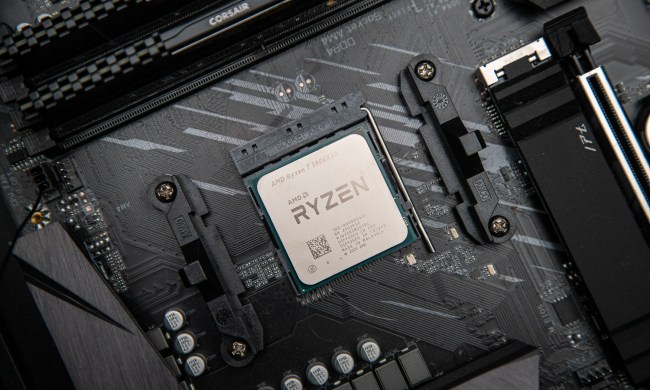This may be one of the more useful things created with 3D printing so far: an antimicrobial kitchen scrubber that’s better than a sponge.
The scrubber is made out of Purement, an antimicrobial filament produced by Korean firm BnK. Creator Jacob Stanton, a Chicago-based product designer, devised it for a 3D design competition for MyMiniFactory that was intended to show off the benefits of Purement.
“Some quick research indicated that kitchen sponges are in fact one of the dirtiest things in a household, the typical sponge is about 200,000 times dirtier than a toilet seat. There are about 10 million bacteria per square inch in a kitchen sponge,” Stanton says.
Objects created with 3D printing can be pretty filthy as well. The layered constructions of 3D printing can be breeding grounds for bacteria like staphylococcus, colon bacillus, and salmonella, according to BnK. The company says that with Purement, “bacteria and germs find that the tiny nooks and crannies of 3D printed items aren’t so appealing, and thus the risk of spreading germs to your family is greatly reduced.”
BnK asserts that the antibacterial material in Purement has been certified by the SIAA (Society of Industrial technology for Antimicrobial Articles), and is antimicrobial-registered by the FDA and ROHS.
Stanton printed several designs with the filament, some of which sported undulating lines and spirals, and tested them out. He ultimately found that the one that worked best featured staggered protrusions. It could contour to nearly any surface, offered the most scrubbing area, was easy to clean, and held up to bending better than the other three designs.
The scrubber doesn’t hold soap very well, but “I have found that it works best as an abrasive scrubbing pad, for removing stuck-on debris from the dishes,” Stanton told 3Dprint.com. “I find that it works nicely on cutting boards, and I also lay it flat and use it to take gunk off of my nicer kitchen knives.”
The design files for the 3D printed scrubber are available to download on Thingiverse.



